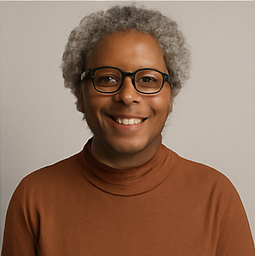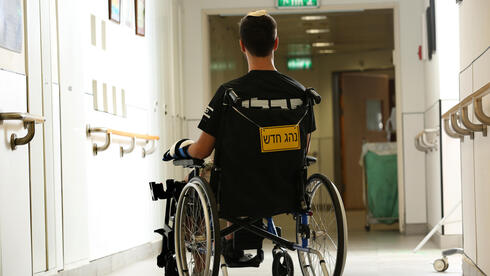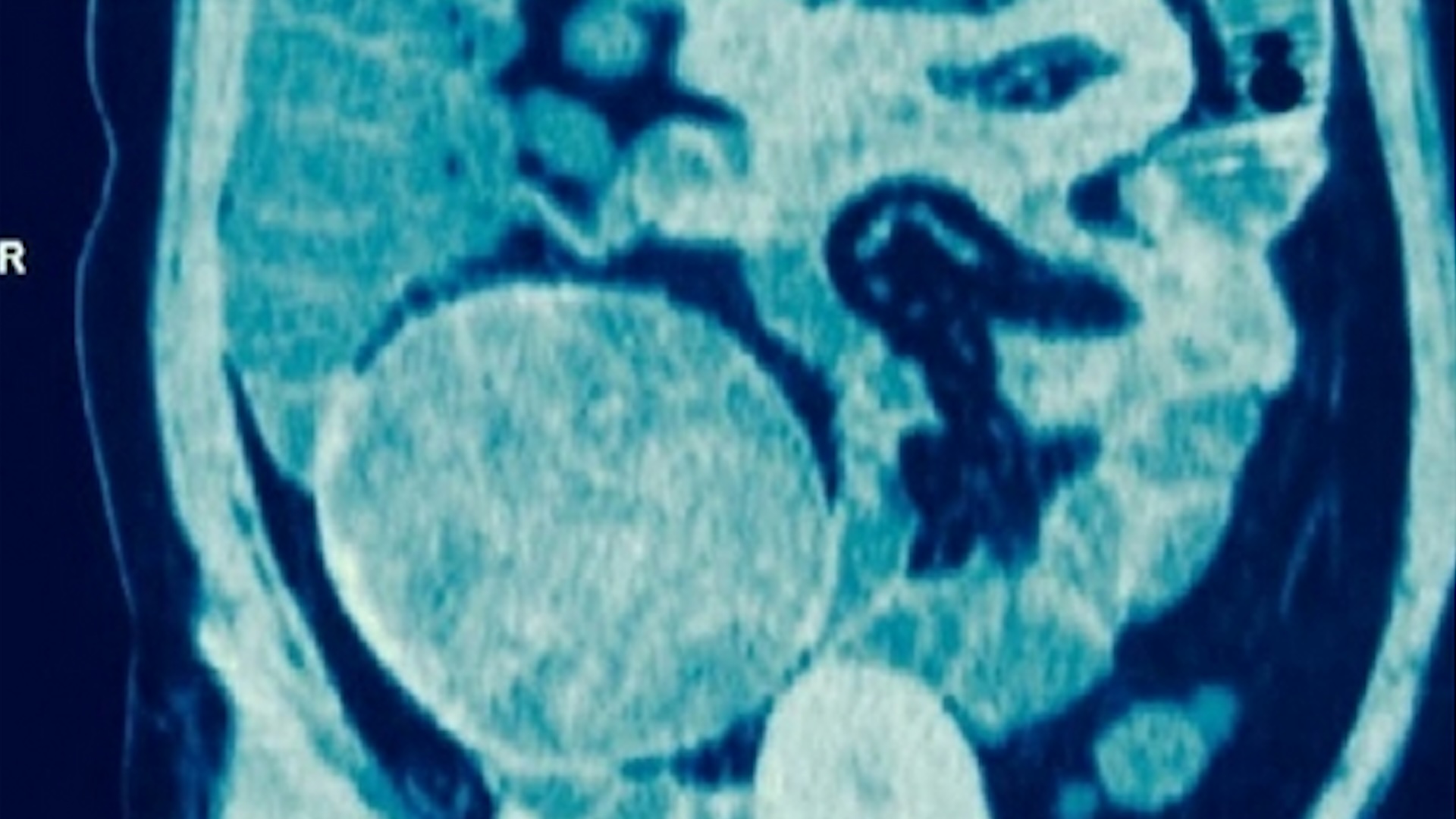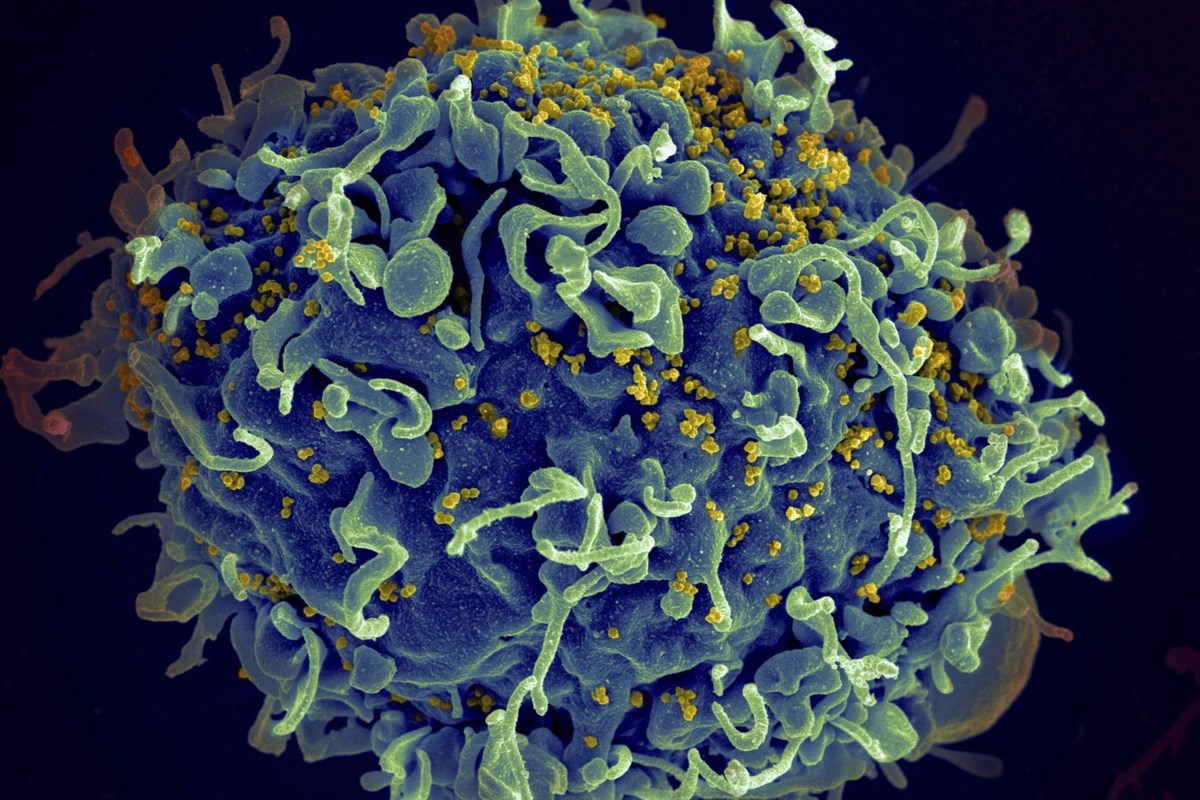Three-Parent Babies: A Revolutionary Medical Breakthrough or Ethical Nightmare?
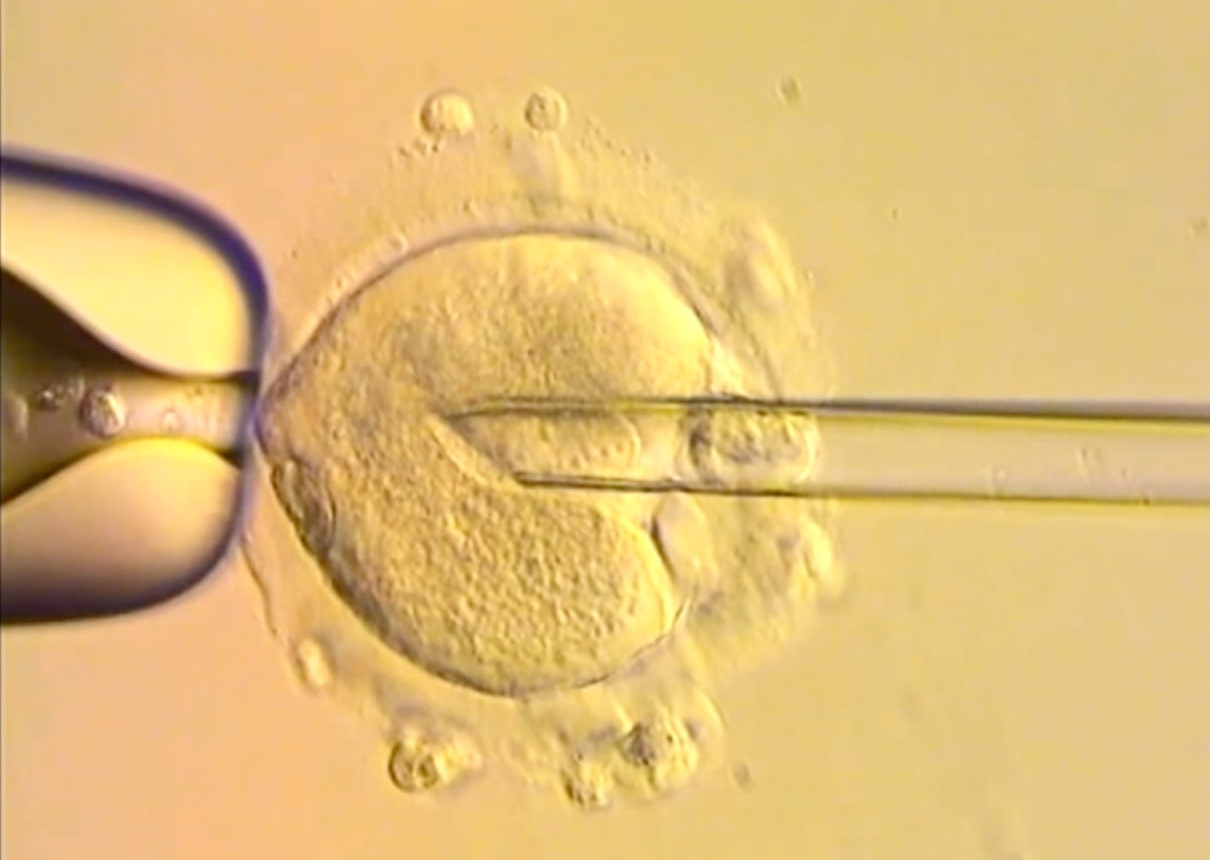
Imagine the thrill of bringing a child into the world, knowing that they are entirely free from a potentially fatal genetic disease. Sounds like a miracle, right? Well, in the UK, that miracle is happening! Eight babies have recently been born using a groundbreaking technique that combines DNA from three individuals, marking a significant leap forward in the fight against hereditary diseases.
This pioneering approach is not just a scientific achievement; it has sparked a fierce ethical debate. The process, which has been legal in the UK since 2015, incorporates mitochondrial DNA from a donor woman, alongside the egg and sperm from the parents. The remarkable result? The first confirmed births free of mitochondrial disease—a set of severe conditions passed from mother to child that can critically impair energy production in the body. And guess what? Around one in 5,000 babies is born with these life-threatening diseases.
Mitochondria are the power packs of our cells, and when they malfunction, it can lead to devastating consequences—seizures, organ failure, and even infant mortality. The techniques were performed at Newcastle Fertility Centre, and the parents involved shared their heartwarming experiences anonymously. One mother expressed, “After years of uncertainty, this treatment gave us hope—and then it gave us our baby.” Another parent shared a similar sentiment, stating, “The emotional burden of mitochondrial disease has been lifted, and in its place is hope, joy, and deep gratitude.”
The entire process, developed over a decade at Newcastle University and local hospitals, involves fertilizing the mother’s eggs with sperm from the father. The nuclear DNA, which determines traits like eye color and height, is then transferred into a donor egg rich in healthy mitochondria. This means that while the child inherits 99.9% of their parents' DNA, only 0.1% comes from the donor. What’s more, this change can be passed on to future generations, raising fascinating questions about genetic inheritance.
According to reports published in the New England Journal of Medicine, a total of 22 families have undergone this procedure, leading to the birth of four boys, four girls, a set of twins, and one ongoing pregnancy—all of whom are currently thriving and hitting developmental milestones. Prof. Sir Doug Turnbull of Newcastle University proudly remarked, “This is the only place in the world this could have happened,” emphasizing the unique blend of advanced science, legal support, and NHS backing that made this possible.
Yet, not everyone is celebrating this scientific triumph. Critics, including various Christian groups and bioethics advocates, have raised alarms about the ethical implications of this method. They argue that creating “three-parent babies” involves the destruction of other embryos. Catherine Robinson from Right To Life UK voiced her concerns, stating, “In creating a three-parent baby, two other embryos are destroyed, which means two individual human beings have their lives ended to create a third.”
Robinson also criticized the Human Fertilisation and Embryology Authority (HFEA) for considering extending the legal period for experimenting on embryos from 14 to 22 days. “Human embryos should never be experimented on,” she claimed, warning of the moral dangers of advancing research at the expense of embryonic life.
This ethical debate underscores the ongoing tension between scientific innovation and the respect for human life, especially at its earliest stages. While families grappling with mitochondrial diseases see renewed hope through these advancements, detractors caution against a slippery slope that could lead to a future of “designer babies” and increased disregard for the sanctity of life.








